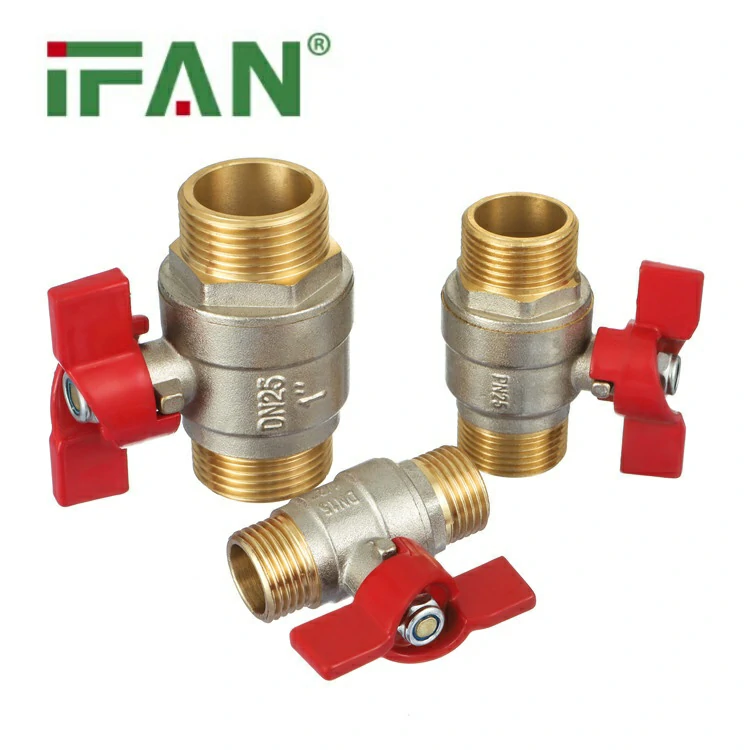Introduction
When choosing between brass and stainless steel ball valve, it’s essential to understand their differences. Both materials have unique properties that make them suitable for specific applications. This article compares brass and stainless steel ball valve to help you make an informed decision.
What Are Ball Valves?
Ball valves are quarter-turn valves that control the flow of liquids or gases. They feature a hollow, perforated ball that rotates to open or close the flow path. Their simplicity and reliability make them popular in plumbing and industrial systems.
Properties of Brass Ball Valves
Brass is a copper-zinc alloy known for its corrosion resistance and durability. Brass ball valve are cost-effective and suitable for general-purpose applications. They perform well in water, air, and gas systems but may struggle with highly corrosive environments.
Properties of Stainless Steel Ball Valves
Stainless steel is an alloy containing chromium, which provides excellent corrosion resistance. Stainless steel ball valve are ideal for harsh environments, such as chemical processing or marine applications. They are more expensive but offer superior strength and longevity.
Cost Comparison
Brass ball valves are generally more affordable than stainless steel ones. For budget-conscious projects or non-corrosive environments, brass is often the preferred choice. However, stainless steel’s durability may justify its higher cost in demanding applications.

Performance in Different Environments
Brass ball valve excel in residential plumbing and low-pressure systems. In contrast, stainless steel ball valves are better suited for high-pressure, high-temperature, or corrosive environments. For example, stainless steel is often used in industrial or marine settings.
Maintenance and Longevity
Stainless steel ball valve require less maintenance and last longer in harsh conditions. Brass valve, while durable, may corrode over time in acidic or salty environments. Regular maintenance can extend the lifespan of both types.
Example Applications
In a home water supply system, brass ball valve are commonly used due to their affordability and reliability. In a chemical plant, stainless steel ball valves are preferred for their resistance to corrosive substances.
Conclusion
In conclusion, the choice between brass and stainless steel ball valve depends on your specific needs. Brass is cost-effective and suitable for general-purpose applications, while stainless steel excels in harsh environments. By considering factors like cost, environment, and longevity, you can select the right ball valve for your system.

